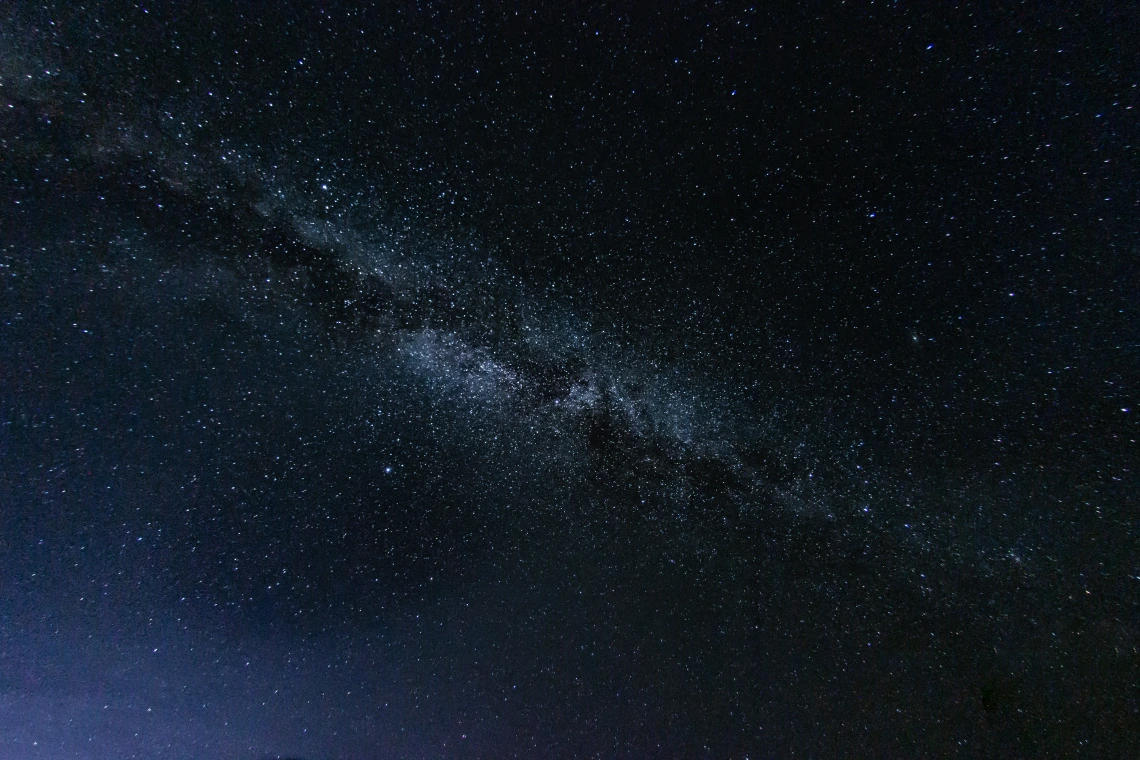A groundbreaking discovery reveals that the supermassive black hole at the center of our galaxy, Sagittarius A*, is spinning at nearly its physical limit. Using advanced artificial intelligence, an international team of researchers—including experts from the University of Arizona and Radboud University—analyzed millions of data points collected by the Event Horizon Telescope. This innovative approach allowed scientists to decode complex patterns hidden in the black hole’s emissions, offering unprecedented insight into the dynamics of the Milky Way’s most mysterious object.
This discovery not only deepens our understanding of black hole behavior but also showcases the transformative potential of AI in astronomy. The neural network used in the study uncovered evidence suggesting that Sagittarius A* is spinning faster than previously thought, with its axis pointed toward Earth and emissions driven by hot electrons near its accretion disk. These findings challenge existing theories and open new doors for research on black holes, cosmic evolution, and the fundamental laws of physics. With projects like the Africa Millimetre Telescope on the horizon, the University of Arizona continues to play a leading role in pushing the boundaries of space science and innovation
READ MORE
